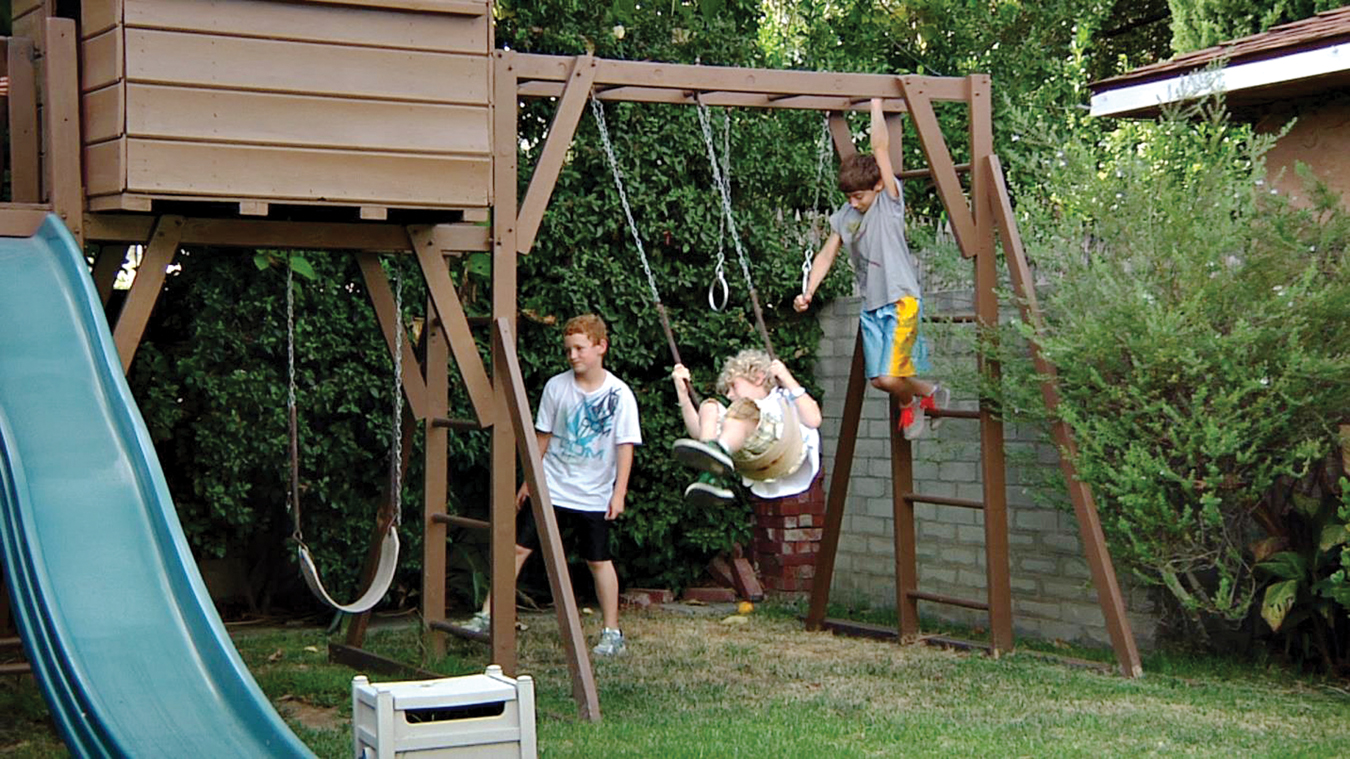Applications
Question 12.1
Visit a local elementary school and look for the hidden curriculum. For example, do the children line up? Why or why not, when and how? Does gender, age, ability, or talent affect the grouping of children or the selection of staff? What is on the walls? Are parents involved? If so, how? For everything you observe, speculate about the underlying assumptions.
Question 12.2
Interview a 6-
to 11- year- old child to find out what he or she knows and understands about mathematics. Relate both correct and incorrect responses to the logic of concrete operational thought. Question 12.3
What do you remember about how you learned to read? Compare your memories with those of two other people, one at least 10 years older and the other at least 5 years younger than you are. Can you draw any conclusions about effective reading instruction? If so, what are they? If not, why not?
Question 12.4
Talk to two parents of primary school children. What do they think are the best and worst parts of their children’s education? Ask specific questions and analyze the results.
ONLINE CONNECTIONS

To accompany your textbook, you have access to a number of online resources, including Learning Curve, an adaptive quizzing program, critical thinking questions, and case studies. For access to any of these links, go to www.worthpublishers.com/
- Achieving Conservation. Half empty or half full? Watch as children of different ages perform the Piagetian conservation-
of- liquid task, and note the differences as they explain their reasoning. - Moral Reasoning. What would you have done if your wife was dying and you couldn’t afford the medication that might save her? Watch children of various ages respond to the Heinz dilemma.